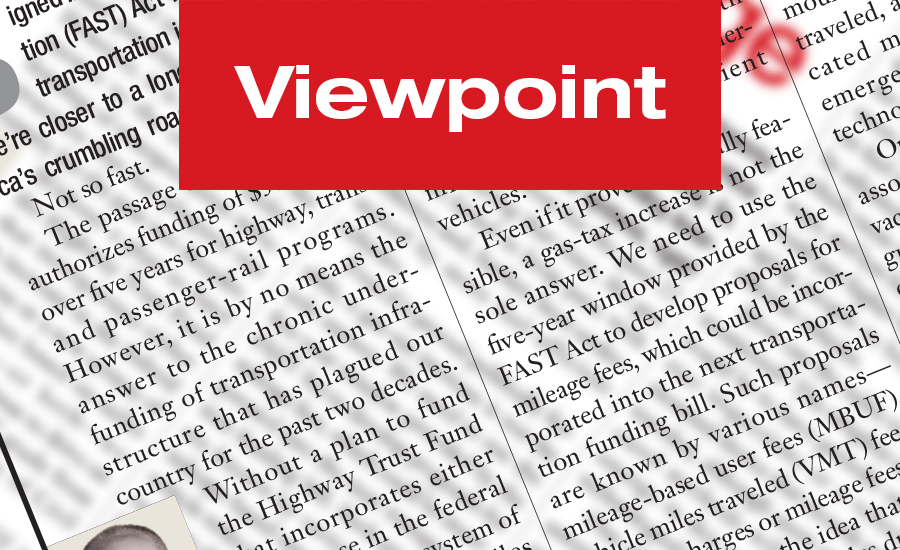In cost-plus contracts, the owner agrees to pay the costs of construction, plus a fee to the contractor. They are great tools for limiting risk of nonpayment and improving profits, but they can have pitfalls. The key aspect of a cost-plus contract is maintaining a strong trust relationship with the owner.

By agreeing to pay for all costs, plus a fee, the owner takes on the financial risks and, therefore, must be able to trust that the contractor is accurately portraying project costs. The most difficult cost-plus projects arise when an owner loses trust in a contractor and begins to second-guess requests for payment, especially from cost overruns.
The best way to maintain an owner’s trust is through open communication. If an owner feels it has been involved in decision-making and believes that the contractor has been proactively and openly communicating throughout the project, trust will be preserved. Contractors risk breaking this trust when they attempt to hide challenges and spread expenses across different line items or otherwise ignore an owner’s requests for information.
Another key aspect is to set up clear expectations. Without a well-written contract, the items included, or excluded, from costs attributable to an owner increase the likelihood of potential disputes. Without clear agreement about these items, a contractor could face significant challenges in court.
If the contract clearly states what’s included in the costs (such as the contractor’s billing rate for self-performed work), an owner is legally bound by those terms and cannot reasonably express dissatisfaction when a contractor bills for them.
To take the guesswork out of your contract, you may want to use AIA’s cost-plus contract documents. The AIA 201 document provides details for all items included as costs. Some of those are:
- The costs of labor, including Social Security, old age and unemployment insurance, fringe benefits required by agreement or custom and workers’ compensation insurance.
- The costs of materials, supplies and equipment, including the cost of transportation, whether incorporated or consumed.
- Rental costs of machinery and equipment, exclusive of hand tools, whether rented from the contractor or other sources.
- The costs of premiums for all bonds and insurance, permit fees and sales, use or similar taxes related to the work.
- Additional costs of supervision and field-office personnel directly attributable to change orders.
Before submitting costs for payment, contractors must verify and justify the amounts. Because the risk of financial overruns lies with the owner, it might be tempting to simply pass subcontractor invoices on to the owner without much review. But contractors should avoid this practice.
Additionally, the contractor should make sure not to pass along charges for fixing faulty construction or damage caused by other contractors. Such amounts should be back-charged against the subcontractor that caused the damage. If an owner rejects work that conforms to industry standards or makes a change that requires rework, then those costs should be passed along, but the owner is not responsible for the errors of others.
Finally, diligent record-keeping helps maintain the trust relationship and avoids unnecessary legal disputes. Detailed daily reports about what contractors performed what work, including self-performed tasks, provide reliable evidence to counter allegations of overbilling or fraud.




Post a comment to this article
Report Abusive Comment